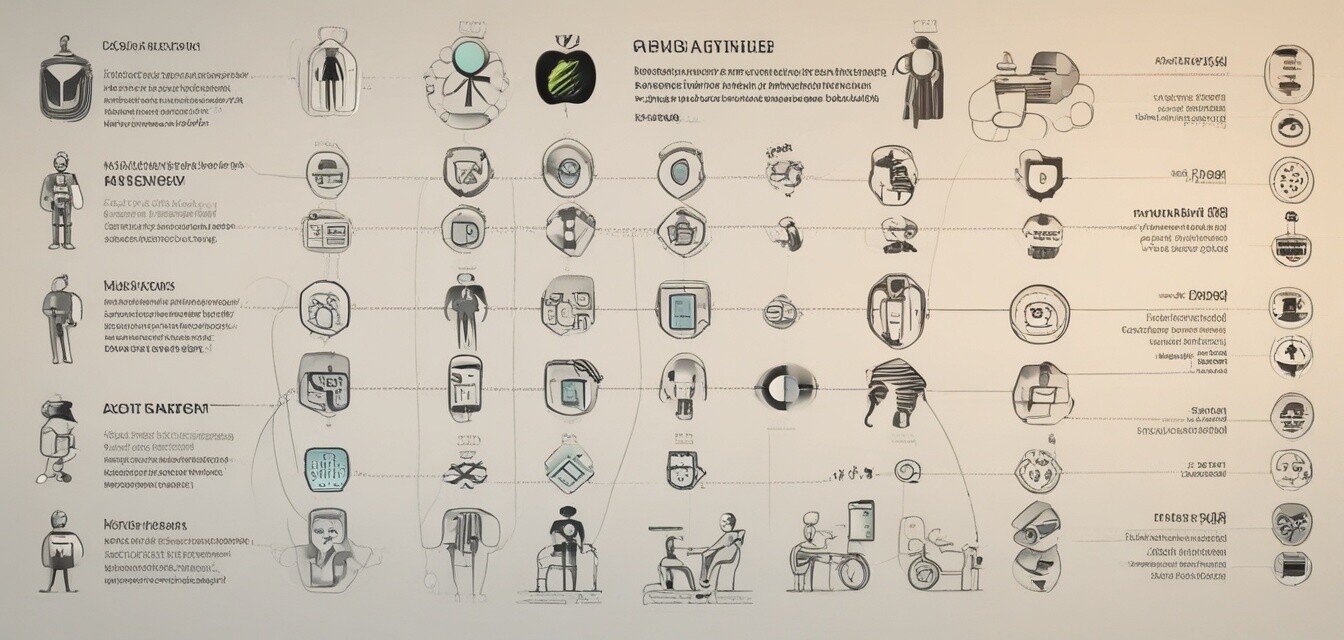
The Role of Apple in Enhancing User Accessibility
As technology continues to evolve, companies are increasingly recognizing the importance of accessibility in their products. Apple has been at the forefront of making its products accessible to users with disabilities. In this article, we will explore how Apple is enhancing accessibility features within its product lineup and the positive impact these innovations have on users.
- Apple prioritizes accessibility in all its products and software updates.
- Innovative features include VoiceOver, Magnifier, and AssistiveTouch.
- Accessibility enhances the user experience for people with various disabilities.
- Regular updates ensure that accessibility tools stay current and effective.
- Apple's emphasis on inclusivity sets a standard for tech companies worldwide.
Understanding Apple's Commitment to Accessibility
Apple's commitment to accessibility is evident in its mission statement: "to create technology that is accessible for everyone." This mission drives the company to continuously improve and innovate its accessibility features across various product lines.
Why Accessibility Matters
Accessibility in technology is not just about compliance; it is about creating an inclusive environment where everyone can engage with digital content effectively. For those with disabilities, meaningful access to technology can significantly improve their lives, providing opportunities for education, employment, and social interaction.
Key Accessibility Features in Apple Products
Apple has implemented a wide range of accessibility features across its product lineup. Below is a table highlighting some of the most impactful ones:
| Feature | Description |
|---|---|
| VoiceOver | A screen reader that enables users to use their devices through auditory feedback. |
| Zoom | A built-in screen magnifier that allows users to magnify the screen content up to 15 times. |
| AssistiveTouch | A feature that offers an on-screen menu for users with physical impairments, making it easier to control devices. |
| Switch Control | A way for users with limited mobility to control their devices through switches. |
| Sound Recognition | Alerts users to important sounds, such as doorbells or alarms, through notifications. |
Real-World Impact of Apple's Accessibility Features
The enhancements made by Apple in accessibility features have had significant positive implications for users with disabilities. Here are some examples:
- Enhanced Communication: Features like VoiceOver allow users with visual impairments to communicate more effectively through technology.
- Increased Independence: AssistiveTouch helps users with physical disabilities manage their devices without assistance.
- Greater Participation: Sound Recognition enables users to respond promptly to critical alerts, promoting greater engagement in various activities.
Ongoing Development and Community Feedback
Apple actively engages with the disability community to refine and develop its accessibility features. By receiving feedback directly from users, Apple continually adjusts its offerings to address the real-world challenges that people with disabilities face. This iterative process ensures that accessibility features remain relevant and impactful.
Staying Updated on Accessibility Features
For those interested in keeping up with the latest updates from Apple regarding accessibility, there are several valuable resources to explore:
Conclusion
Apple's ongoing dedication to improving accessibility features in its products benefits millions of users with disabilities. By creating a more inclusive environment, Apple not only enhances user experience but also sets a standard for the tech industry. With regular updates and an open channel for community feedback, Apple strives to ensure that its products are accessible to everyone.
Pros
- Innovative accessibility features enhance user experience.
- Continual updates keep accessibility tools modern and useful.
- Engagement with disability communities supports ongoing improvement.
- Promotes inclusion within the tech landscape.
Cons
- Some features may have a learning curve for new users.
- Not all accessibility tools may be initially obvious to users.